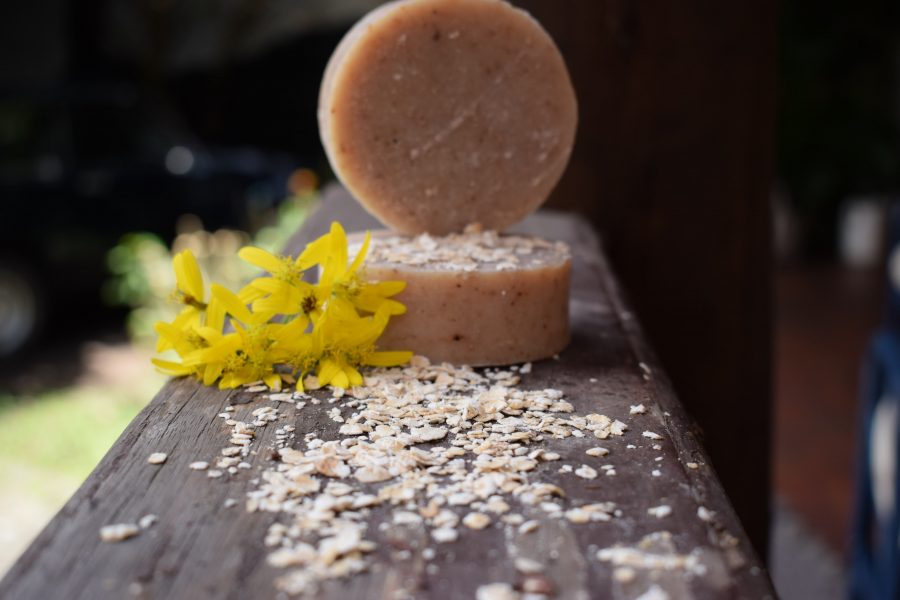First things first: What is pH?
It is a factor that measures the acidity or alkalinity of an aqueous solution and indicates the concentration of hydrogen ions present in it. Thanks to this parameter, we can calculate the pH of skin, soap and even foodstuffs.
The pH values vary on a scale from 0 to 14. Thus, we have a neutral pH when its value is 7, pH values below 7 are acidic values and basic pH values, or alkaline, are those above 7.
Now we come to the subject of pH and skin.
The pH of an adult’s skin is estimated to be between 4.5 and 6.4, depending on a number of factors such as gender, age, type of diet, water and even the region of the earth you live in. This slight acidity is the key to its protective function.
The names differ, but the concept is the same. Let’s look at what hydrolipidic, lipidic or acid mantle means: It is a natural emulsion that protects and coats the skin. Some consider it as the first cosmetic that the skin has. It is composed of a part of sebaceous secretion of the skin itself, sweat secretion and epithelial remains. In short: A mixture of water and sweat plus skin rests, which balanced is a sign of health. It has the natural property of regenerating itself.
Let’s get to the heart of the matter: skin cleansing, soap and pH.
It is important to remember that the objective of proper body hygiene is to eradicate excess bacterial colonies, but without affecting the “surface ecology” or the hydrolipidic film.
As for the pH that a cleansing soap should have, there are two tendencies:
The first, which comes from traditional cosmetics, which proclaims that pH-neutral soap, being similar to the pH of the skin, cleanses without drying or damaging the hydrolipidic film. In addition, it is marketed as allergenic. However, it is worth mentioning that the industry has managed to formulate this type of soap based on petroleum derivatives and other synthesized substances.
The second current, which comes from natural cosmetics, argues that cleaning with a soap that has an alkaline pH is not a problem. It does not focus on the pH as much as on the ingredients used to make soap. In the elaboration of soaps by saponification, natural and noble raw material is used. Also, that it has an “over-oiled”: it means that it has an oil-free part that does not saponify and this provides vitamins and nutrients that help to regenerate and protect the skin.
As an additional fact:
We find, in the traditional book Harry’s Cosmetology, J.B. Wilkinson, that in the section on feet: he recommends alkaline baths as it softens the hardened keratin layer on the feet, calluses, corns etc. and the final foot bath solutions are formulated to look as much like sea water as possible.
When you go to the beach for a few days, have you noticed the changes in your skin, renewed and without affections? Well, that’s thanks to the composition of sea water and its pH 7.5 and 8.4.
We need you as a consumer, your questions help us to keep researching and getting stronger.
Bibliography:
https://organics-magazine.com/como-se-elaboran-los-jabones-naturales/
